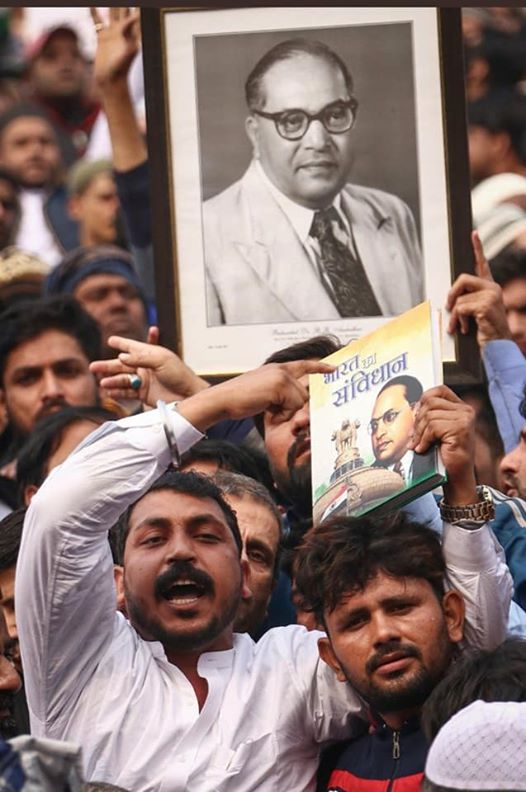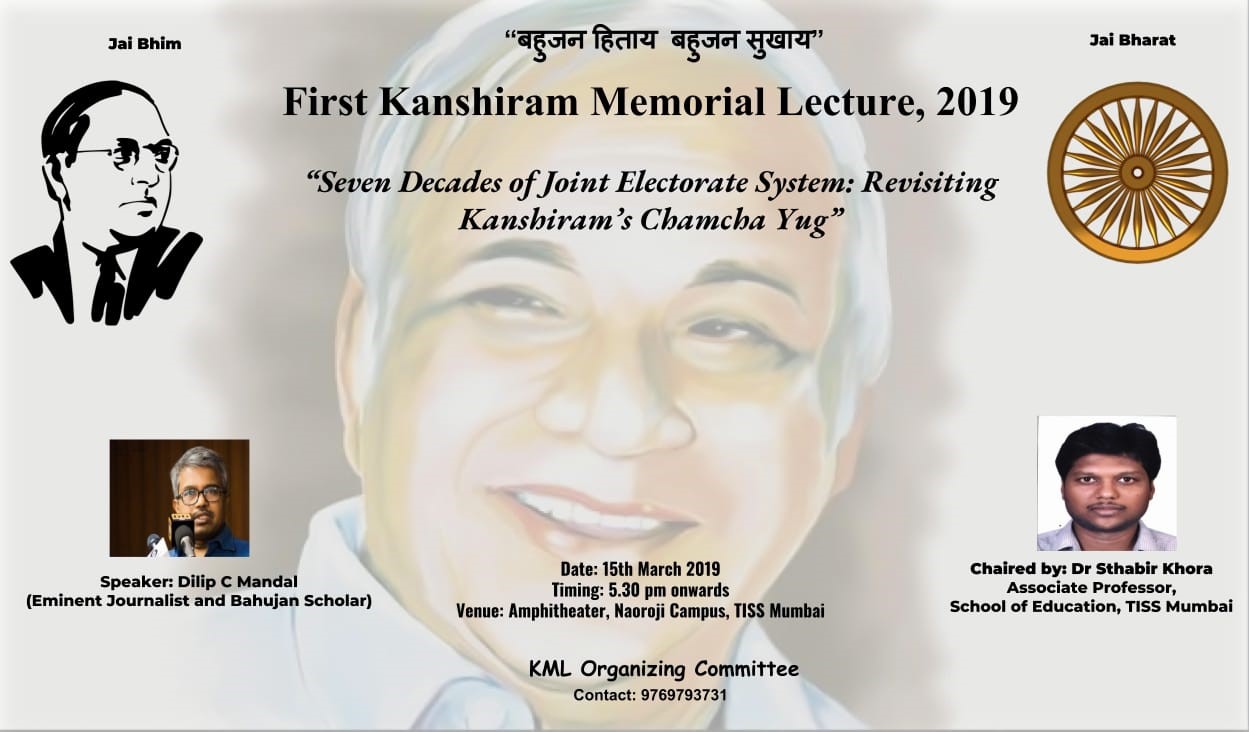Aatika Singh
Pallab Bhowmick, an artist, has come up with the concept of portraying Goddess Durga as a migrant mother for this year’s Durga Pujo in Kolkata’s Barisha club. The finely carved and aesthetically beautiful sculpture is being widely applauded for its progressive form and thought. However, this particular theme showcasing a migrant woman laborer isn’t really about cultural resistance as many are saying but about deifying the marginalized into a binary of pure and polluted again. Any intervention that comes into Bengal’s almost absent discourse on Caste is through an upper caste gaze that truly lacks the necessary empiricism to understand Dalit lives and their counter culture to the hegemonic Hindu upper caste Bengali culture. This happens more so in urban parts that have a history of erasure through a process of mobility which gives a very narrow focus to historical excavation of omnipresent structures like Caste.
In such times when discrimination is rampant and boiling down to lynch deaths and sexual crimes happening every minute with the tacit support of the central government it becomes imperative to look at this month long Puja festival not merely as a cultural phenomenon but also a religious one deeply located in a history of hegemony, violence and marginalization especially with regard to the Asur tribe. And lest one says that’s a story of the past, in a recent and extremely tragic incident a professor of a central university in Kolkata was targeted by upper caste Bengalis who went on a rampage against the professor trolling her for days simply because of her Adivasi identity. Therefore at this juncture of the city this deification of the marginalized becomes not just an anomaly but a distortion of history. The Ministry of Labour and Employment had no data available on the death and loss of job of migrant workers but if it would have presented a record then the Caste reality of the grim situation wouldn’t seem glamorous at all.
In the sculpture, the migrant mother is shown to be returning- however the cost at which the migrants returned to their native places was an extremely heavy one that could have been prevented to an extent if finances would have been routed to the migrant and adequate compensation provided timely. But in a caste ridden society funds are rather readily available for a Pujo committee. Such empty gestures devoid of true change only further a historic divide since spiritual tutelage merely cannot operate as cultural representation of the oppressed. Brahmanical supremacy whitewashing its hands off every mutilation it does to a Dalit body cannot therefore be felt proud of or displayed as a performance of inclusion. The feeling a marginalized person will get seeing its own being turned into a spectacle of appropriation and falsification would not only result in discomfort, humiliation but also trauma because our mothers, fathers, and community are not convenient gods for the sake of making the upper castes feel triumphant, cheerful and righteous. The Pandal is only about indignation then.
Historically oppressed people don’t want to be your gods but your equals. If sensitivity has to be really portrayed and a political message delivered then it must start with not bashing the Bihari cab drivers for dirtying the city and the culture. Because aren’t they too migrant workers comprising one of the substantial work force that keeps the city functioning? It’s time the upper caste allies in Kolkata own up to the deeply penetrative discrimination their culture does to Dalits and Muslims while amassing huge cultural and political capital and abusing the Marwaris for reigning in the BJP in the state without ever giving a thought to Caste dynamics. This is the same city where Hanuman Jayanti and Ram Navami are becoming a common occurrence especially in neighborhoods where only the urban and the educated Bengali stay. If one stops to ask about the identity of those who are celebrating these- the answer would lie only within and not outside. This culture of the city has only resulted in caging the Dalit, the Adivasi and the Bahujan in false binaries- a reality that also reflects in all the Left parties with an extremely negligible representation of the marginalized section.
When the predatory nature of upper caste gaze reaches Dalit bodies, there is an eruption of cruelty that only the marginalized are subjected to on a quotidian basis. The artist who has made the sculpture must reflect on this. It comes to us in all myriad possibilities of culture, food, music, and everything else that earmarks the pursuit of everyday living. It’s the same cruelty that is felt when Prime Minister Narendra Modi pretends to wash the feet of Valmiki sanitation workers and calls manual scavenging a spiritual profession. One cannot juxtapose a religion rooted in inequality and impoverishment in the name of celebration of progressive and feminine virtues because the Hindu culture is more about denial and shame for Dalits and less about access and justice. It is a refutation of subaltern history of valor, representation and hope.
In this light, the migrant mother sculpture is an onslaught in the name of worship and a noose on the dissent of the oppressed. It’s collective nausea. There is simply no divinity in oppression. The vermillion smeared forehead of the mother and the carrying of the male child in her arms while the two female children walk alongside reflects something more than mere chance of artistry. The unrealistic beauty and a near perfect texture are standards of fabrication of a painful social reality haunting us since March 2020. No portrayal should be celebrated if it’s a strangulation of the identity of the subject itself because those in portrayal either died while ‘returning’ or their calls for help were deliberately erased. And Kolkata’s Durga Puja is not about reflecting on such fundamentally crucial differences but rather about building an economy and culture on the brutal and systemic dispossession of lower caste bodies.
~~~
Aatika Singh is an editor and lawyer based out of Delhi. She is currently pursuing research with Dr. Ambedkar International Centre.








